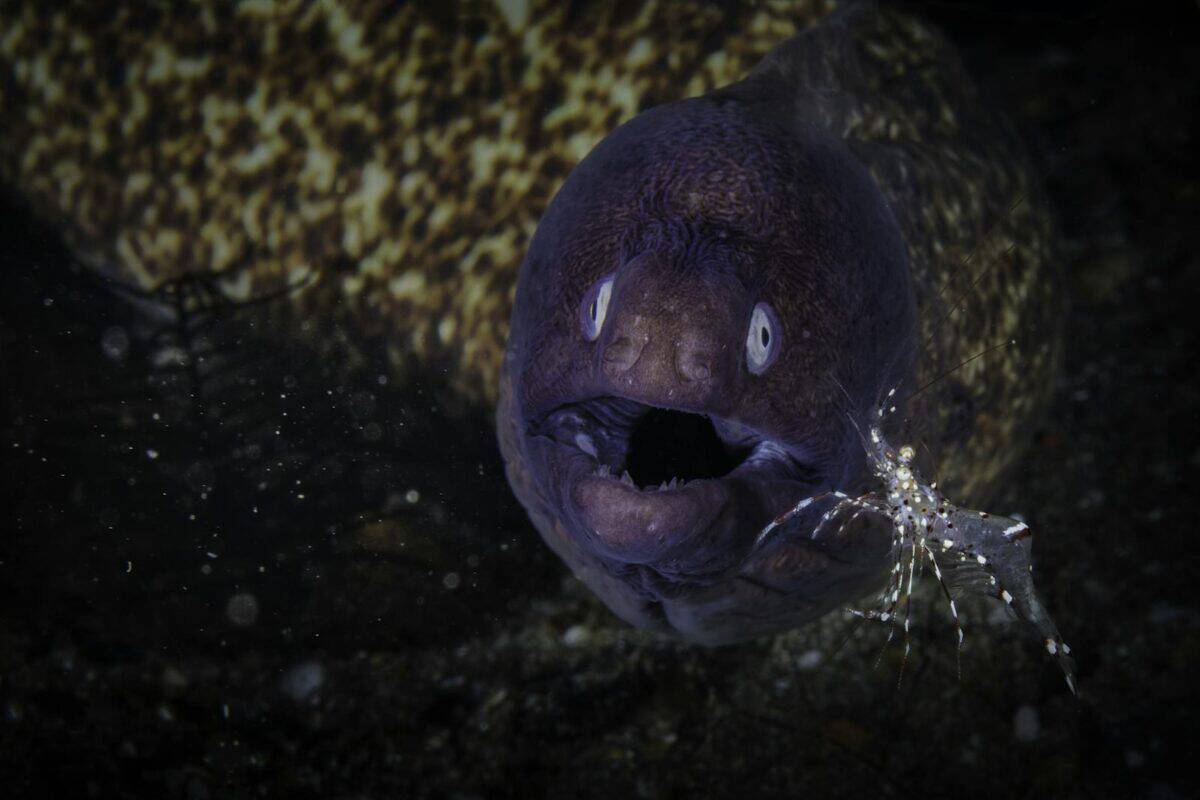Electric eels are fascinating creatures that inhabit the murky waters of the Amazon and Orinoco River basins in South America. Known for their remarkable ability to generate electricity, these creatures have intrigued scientists and nature enthusiasts alike. Not only do they use this electricity to hunt and incapacitate prey, but they also communicate using electrical signals. This article delves into the captivating world of electric eels, unraveling the mysteries behind their unique abilities.
The Anatomy of an Electric Powerhouse
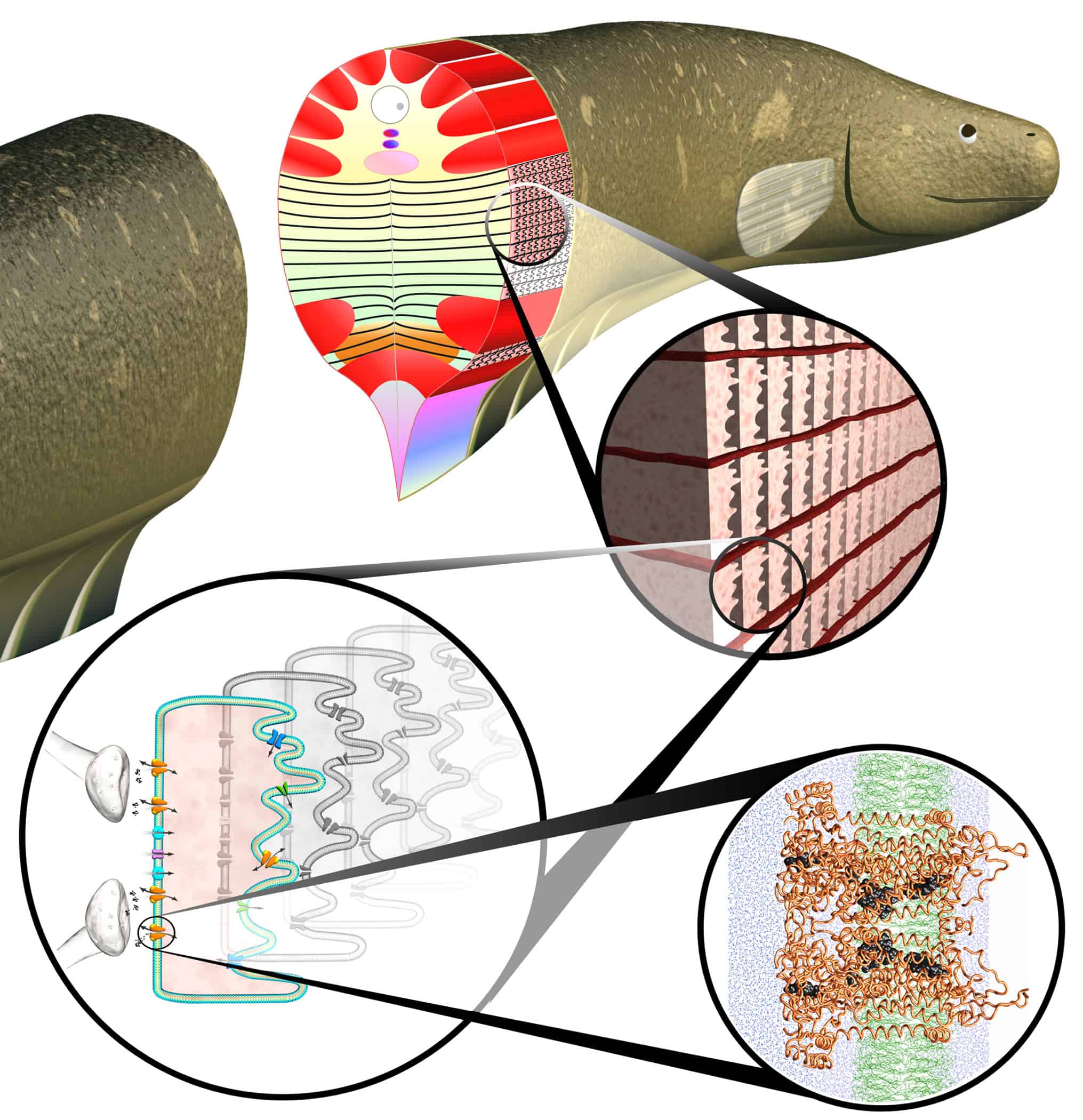
Electric eels (Electrophorus electricus) possess a specialized anatomy that enables their electric capabilities. Their bodies, elongated and scaleless, are designed to house specialized electric organs made up of cells called electrocytes. These organs span nearly the entirety of their 2.5-meter length, making up around 80% of the eel’s body.
Generating Electricity: How It Works
Electric eels generate electricity through electrocytes, which function like tiny batteries. When the eel’s brain sends a signal, these cells release sodium ions, creating a sudden potential difference, or voltage. As thousands of electrocytes are activated simultaneously, the resulting electric discharge can reach up to 600 volts, sufficient to stun or even kill small prey.
An Evolutionary Advantage in the Waters

This electrical prowess serves as an evolutionary advantage for the electric eel. In the dark, murky waters they inhabit, vision is limited, making traditional hunting challenging. By emitting electrical pulses, eels can locate, incapacitate, and consume prey, securing a competitive edge over other predators in their habitat.
Electric Eels: Stunners from a Distance
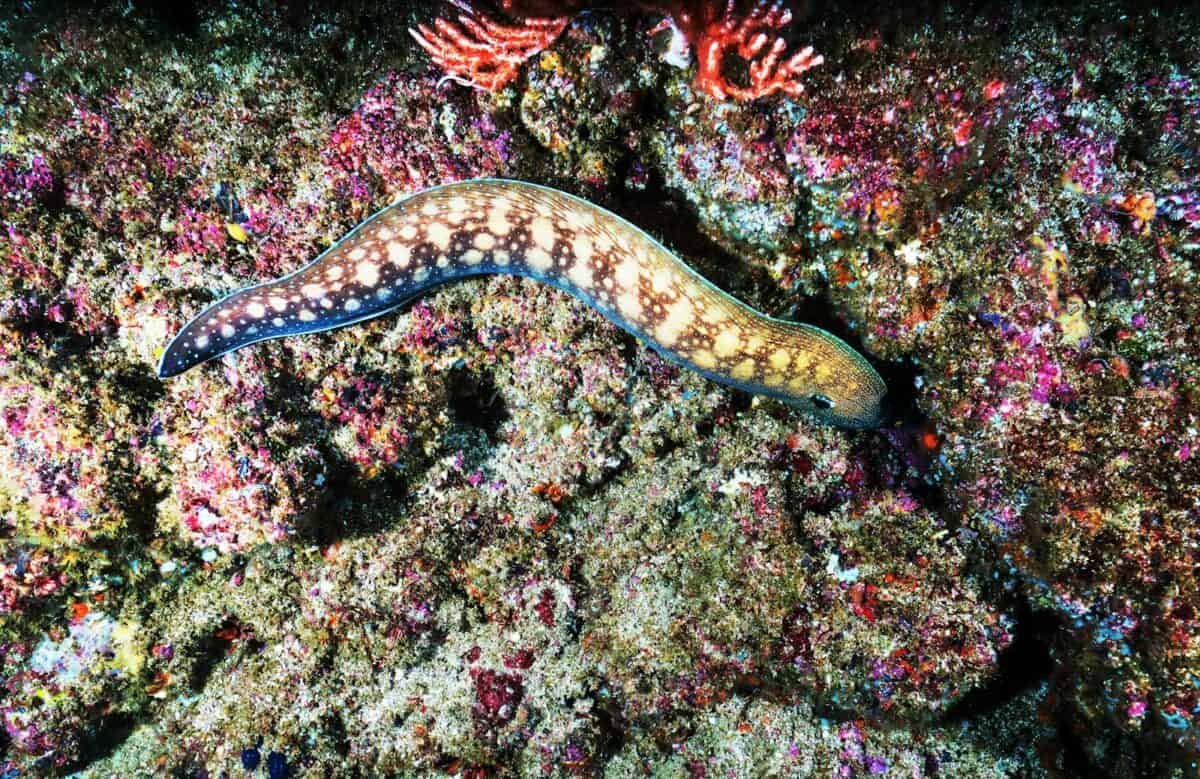
While electric eels are capable of subduing prey upon physical contact, fascinatingly, they are also able to launch their attacks from a distance. By releasing high-voltage shocks into the water, they create an electric field that can immobilize prey up to two meters away, allowing them to effortlessly capture even the most elusive targets.
Using Electricity for Communication

Beyond hunting, electric eels also use electricity as a means of communication. Low-voltage signals allow them to interact with other eels, navigate their environment, and even establish dominance. These electro-communicative signals serve as a non-vocal language, rich with social implications within eel communities.
The Science Behind Electric Communication

Electric communication is a sophisticated process. The frequency and pattern of the electric signals convey different messages to other eels. For instance, high-frequency pulses often indicate a threat or establish territory, while lower frequencies might indicate curiosity or social bonding.
Adaptations for Protection and Survival

Electric eels have also developed adaptations to protect themselves from their own electrical discharges. Their organs and other tissues are adapted to be less sensitive to electricity, allowing them to unleash powerful shocks without self-harm. This evolutionary adaptation ensures their survival and efficiency as apex predators.
Impact on the Ecosystem

As apex predators, electric eels play a crucial role in maintaining ecological balance within their aquatic environment. By preying on various fish and amphibians, they help regulate species populations, which in turn supports the health and stability of the ecosystem.
The Human Interest in Electric Eels
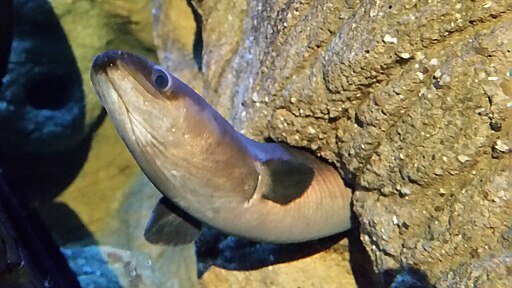
Humans have long been fascinated by electric eels, inspiring scientific research into bioelectricity. The principles discovered through studying eels have applications in medical and technological advancements, including developing new sustainable energy sources and innovative treatments for neurological disorders.
Challenges in Natural Habitats
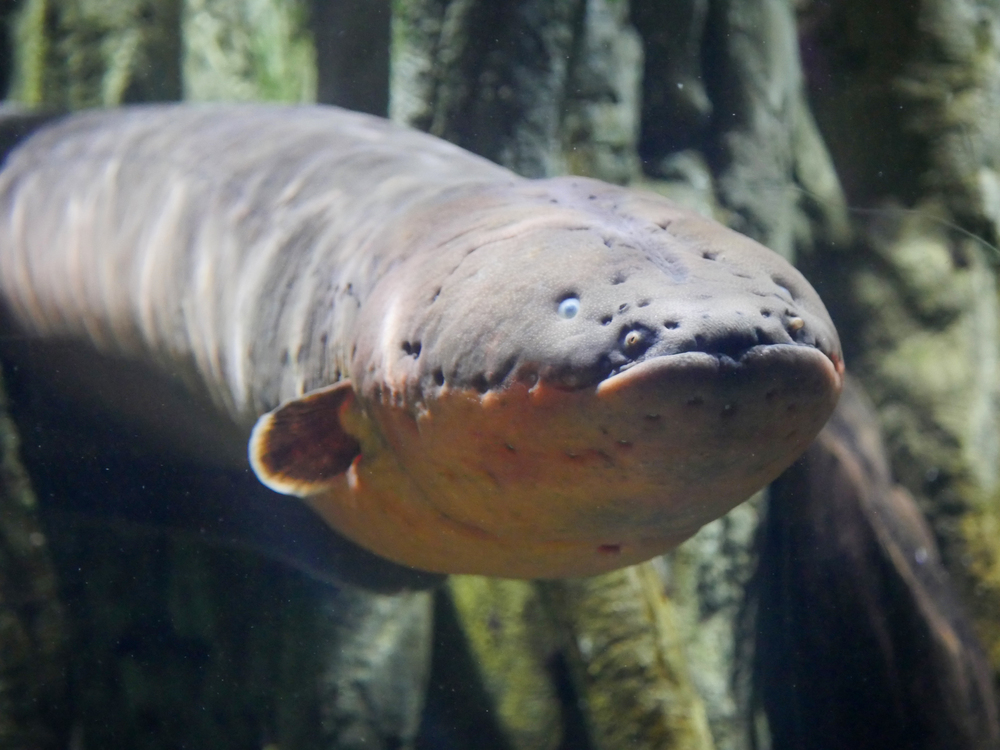
Despite their adaptability, electric eels face threats from habitat destruction and pollution. Deforestation, agricultural exploitation, and pollution of their riverine habitats pose significant risks, emphasizing the need for conservation efforts to protect these unique creatures and their ecosystems.
Conservation and Future Research

Ongoing research continues to explore the mysteries of electric eels, offering potential applications and insights into bioengineering. Conservationists are working to preserve the natural habitats of these creatures, recognizing the critical role they play in biodiversity and ecological health.
Electric eels, with their extraordinary electrical abilities, are a testament to the wonders of evolution. From incapacitating prey to engaging in silent communication, these electrogenic animals are a crucial component of their ecosystems and a continuous source of inspiration for science and technology. Protecting their habitats is imperative to ensure that they, like all natural wonders, thrive for generations to come.
- The Largest Whale Ever Caught on Camera - August 10, 2025
- The Amazing Memory of Migratory Monarch Butterflies - August 10, 2025
- How Some Animals Can Regrow Their Body Parts - August 10, 2025

